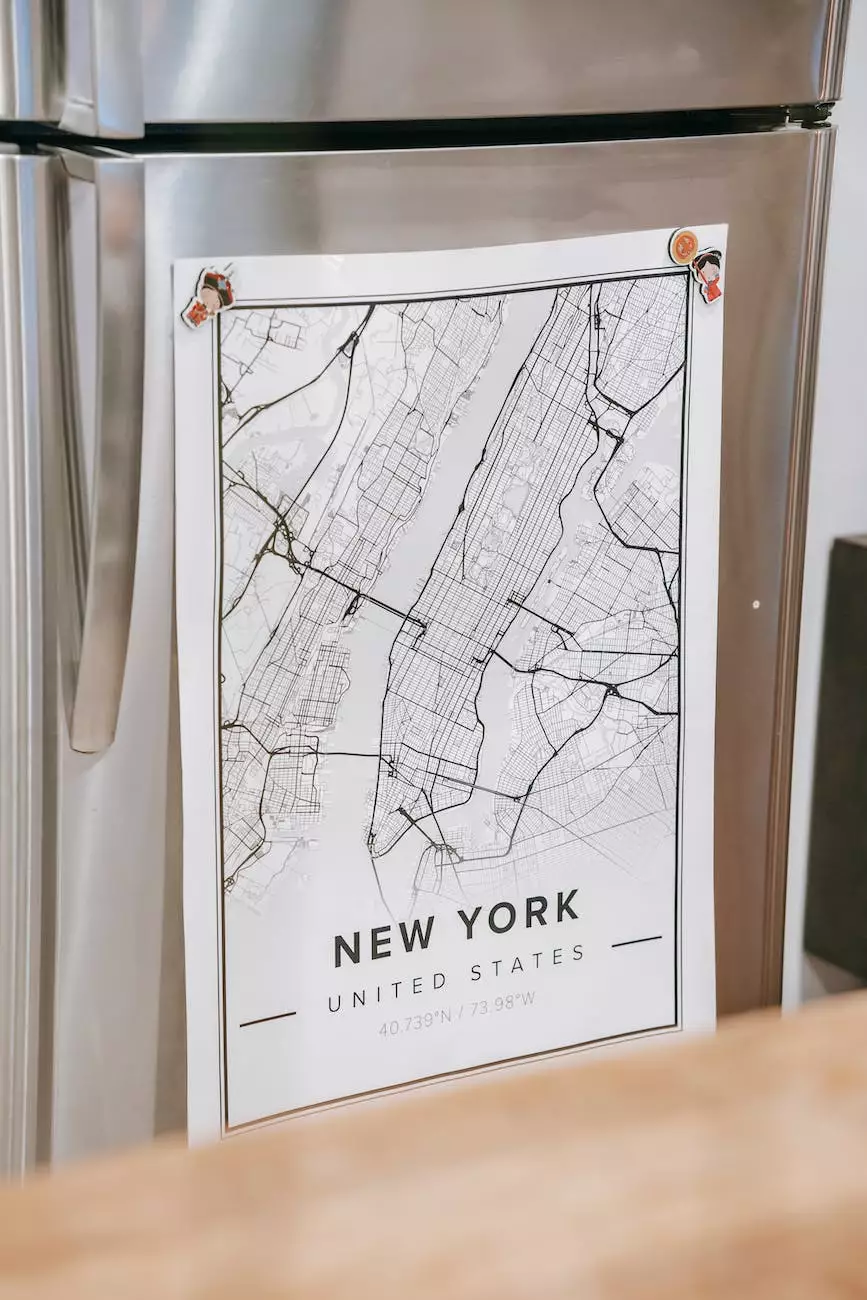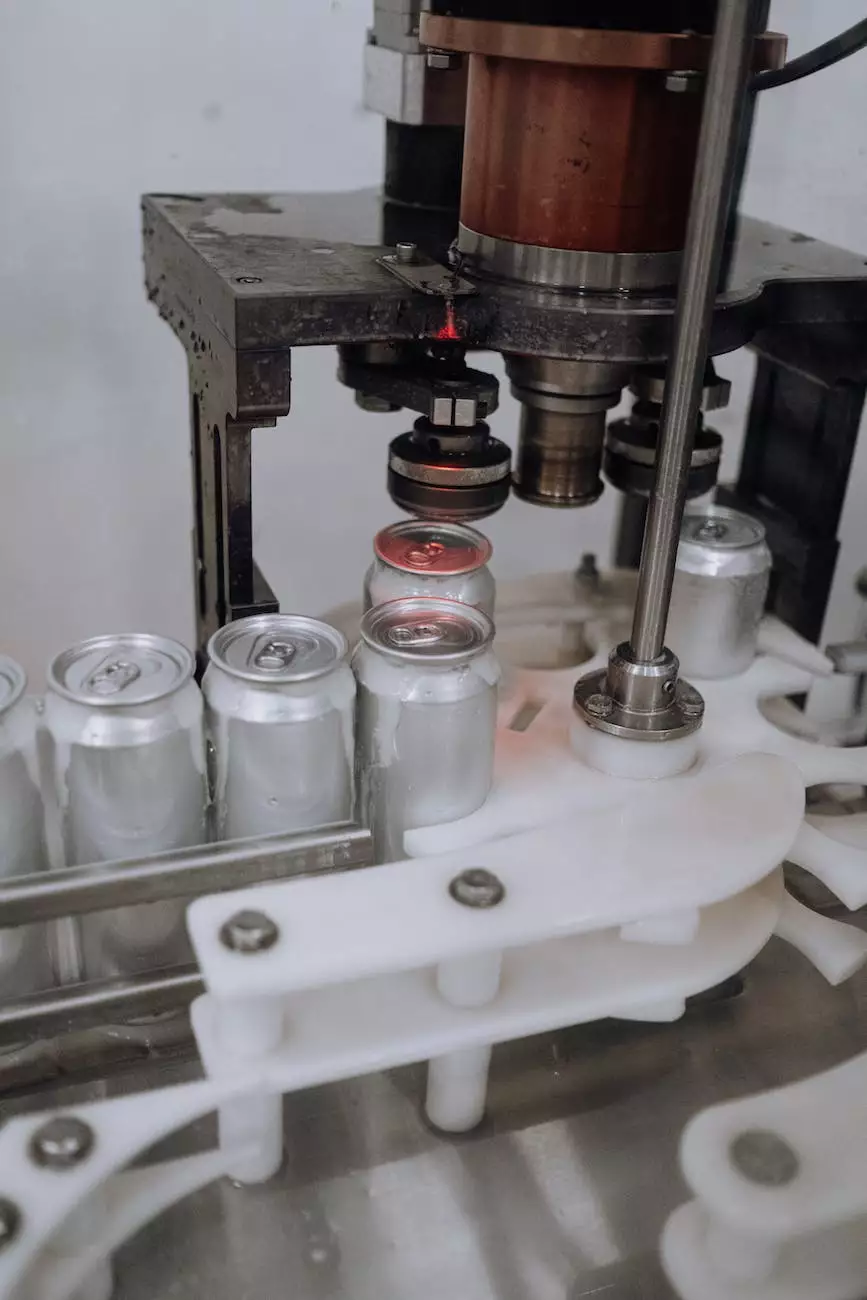The Ultimate Guide to the Rotomolding Process - Everything You Need to Know
Design & Build Services
Introduction
Welcome to RPM Design and Prototype's comprehensive guide to the rotomolding process, a versatile manufacturing technique used to create high-quality plastic products. In this ultimate guide, we will explore the various aspects of rotomolding, including its benefits, applications, and cost considerations.
What is Rotomolding?
Rotomolding, also known as rotational molding, is a manufacturing process that involves the use of heat and rotation to produce hollow plastic parts. It is a cost-effective and efficient method for creating a wide range of products, including tanks, containers, toys, automotive components, and more.
How Does the Rotomolding Process Work?
The rotomolding process begins with the placement of a powdered polymer, such as polyethylene or polypropylene, into a mold. The mold is then rotated in an oven, allowing the polymer to evenly coat the inner surface of the mold. As the mold continues to rotate, the polymer gradually melts and forms a hollow, seamless product.
Benefits of Rotomolding
Rotomolding offers numerous advantages over other manufacturing processes, making it a popular choice for various industries. Some key benefits include:
- Durable and Lightweight: Rotomolded products are highly durable while remaining lightweight, making them ideal for transportation and outdoor use.
- Design Flexibility: The rotomolding process enables complex designs and intricate details to be incorporated into the final product.
- Cost-Effective: With low tooling costs and efficient production, rotomolding offers a cost-effective solution for manufacturing plastic products.
- Chemical Resistance: Rotomolded plastics are resistant to various chemicals, making them suitable for storing corrosive materials.
- Uniform Wall Thickness: Unlike other processes, rotomolding ensures consistent wall thickness, resulting in strong and reliable products.
Applications of Rotomolding
The versatility of rotomolding makes it applicable to a wide range of industries and product types. Some common applications include:
- Tanks and Containers: Rotomolded tanks and containers are widely used for storage and transportation purposes, including fuel tanks, water tanks, and chemical containers.
- Automotive Components: Rotomolding is utilized in the production of various automotive components, such as dashboards, fenders, and air ducts.
- Recreational Equipment: The process is used to create recreational equipment, including kayaks, playground equipment, and marine buoys.
- Custom Products: Rotomolding allows for the creation of custom products tailored to specific client requirements, such as display cases, furniture, and safety equipment.
Factors Affecting the Cost of Rotomolding
When considering the cost of rotomolding, several factors come into play, including:
- Part Complexity: The complexity of the desired product affects the production time and cost.
- Material Selection: Different polymer materials have varying costs, with some being more expensive than others.
- Tooling: The design and creation of molds can impact the overall cost of the rotomolding process.
- Volume of Production: Larger production volumes often result in lower per-unit costs due to economies of scale.
Choosing RPM Design and Prototype
When it comes to high-quality rotomolding solutions, RPM Design and Prototype stands out as a leading provider in the industry. Our expertise, state-of-the-art facilities, and commitment to customer satisfaction make us the ideal partner for your rotomolding needs.
With years of experience and a dedicated team, we can assist you throughout the entire rotomolding process, from design to production. Our professionals ensure that your specific requirements are met, delivering exceptional results on time and within budget.
Contact Us Today
Ready to take advantage of the benefits of the rotomolding process? Contact RPM Design and Prototype today to discuss your project and discover how we can turn your ideas into reality.
Call us at 123-456-7890 or email [email protected] to get started.




